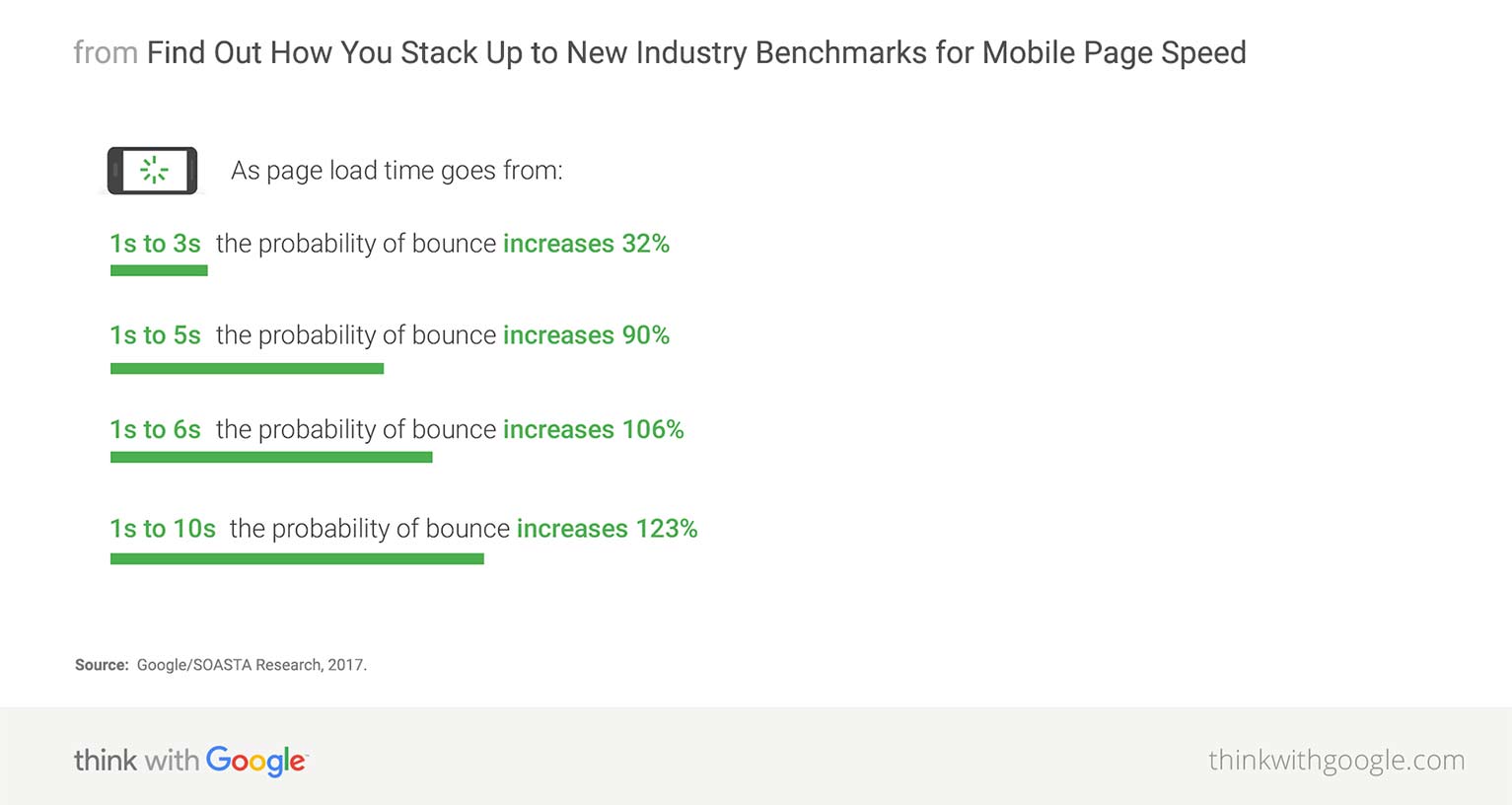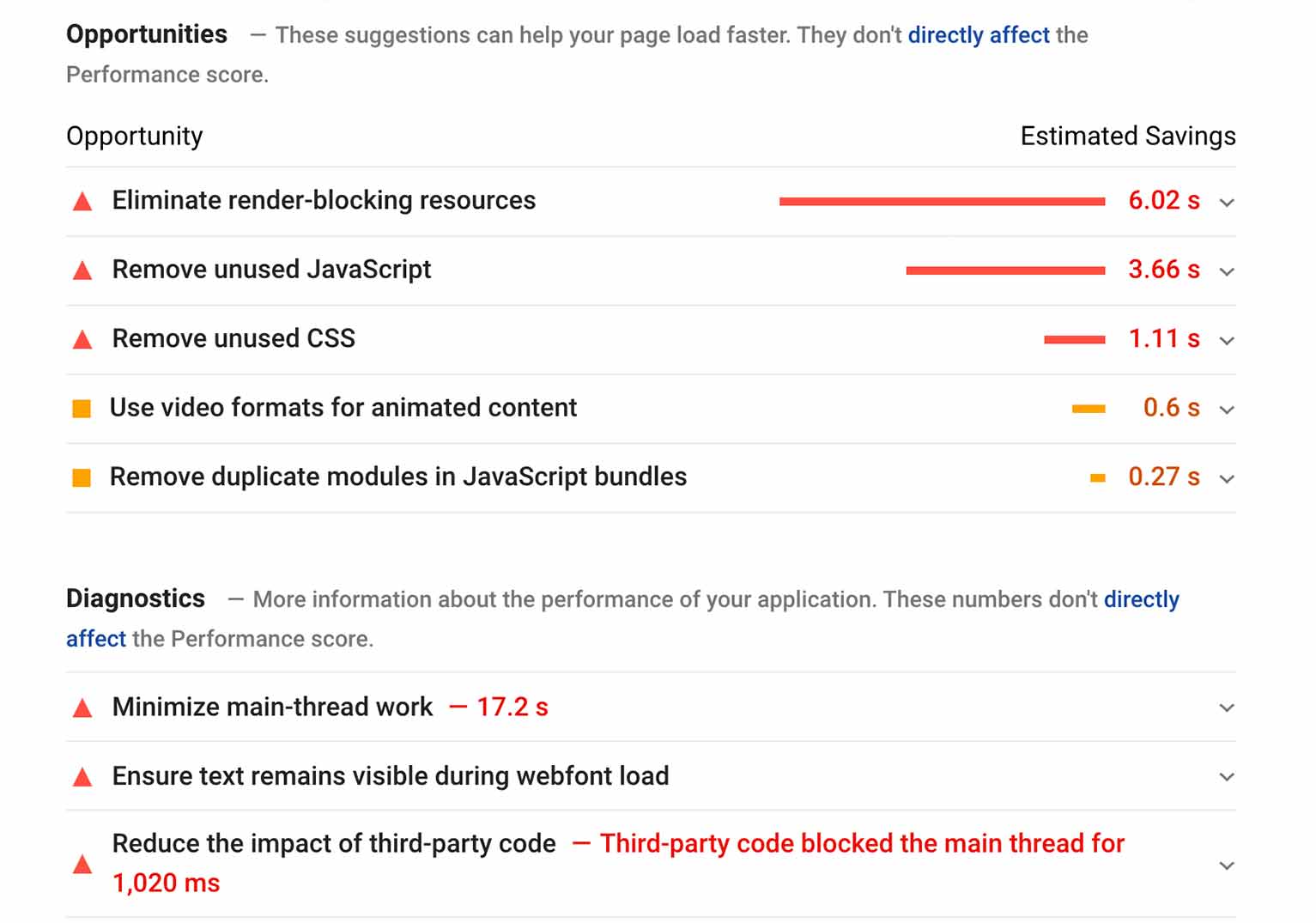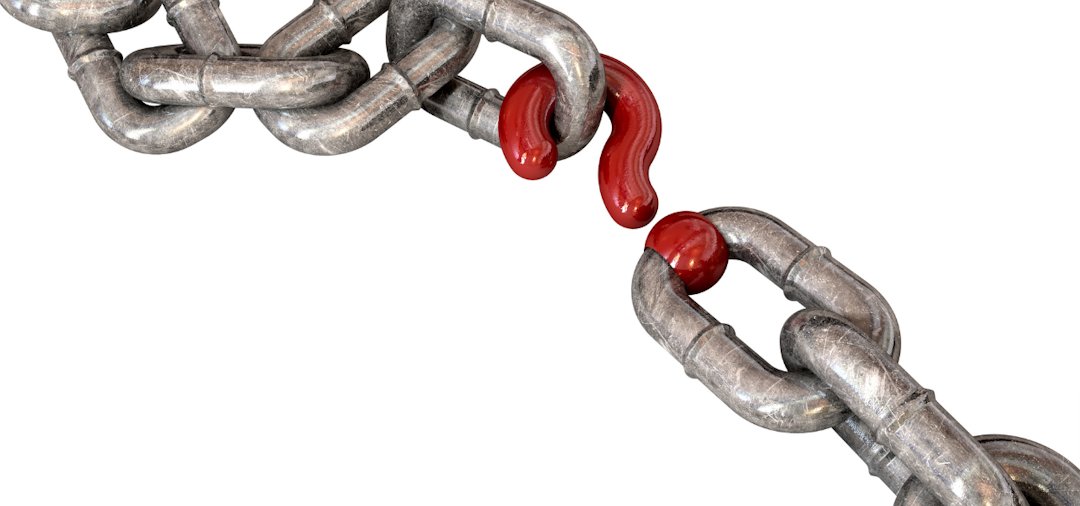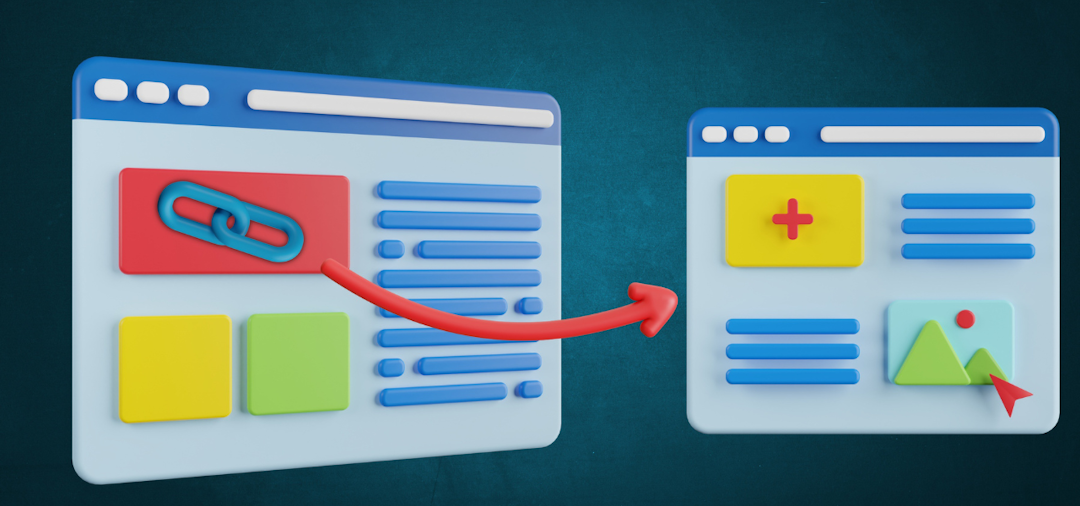
The Impact of Website Speed on SEO Rankings and User Experience
- Abdullah Al Mahamud
- SEO, Data
- 26 Dec, 2023
Have you ever wondered why some websites consistently rank higher on search engines and provide a better user experience than others? The answer lies in a crucial yet often overlooked factor: website speed.
In today's digital landscape, where attention spans are short and competition is fierce, the loading speed of your website can make or break your online presence.
Studies have shown that a one-second delay in page load time can result in a 7% reduction in conversions and a 16% decrease in customer satisfaction. Imagine the impact that slow loading times could have on your business.
In this blog, we will delve into the impact of website speed on SEO rankings and user experience, exploring the reasons why it is a crucial aspect of your online success.
We will discuss the importance of website speed optimization, provide tips on how to improve your website's loading speed, and share best practices backed by industry experts.
By the end of this article, you will understand the direct correlation between website speed, search engine rankings, and user satisfaction, and how to leverage this knowledge to enhance your online presence.
Introduction to Website Speed Optimization
In today's fast-paced digital landscape, website speed optimization has become a crucial aspect of online success. A slow-loading website can lead to poor user experience, lower search engine rankings, and decreased conversion rates.
Therefore, businesses need to understand the importance of website speed optimization and take necessary measures to enhance their website's performance.
Website speed optimization refers to the process of improving the loading time of a web page, ensuring that it loads quickly and efficiently.

This involves various techniques and strategies to minimize the server response time, reduce file sizes, and optimize code and scripts.
A faster website not only provides a better user experience but also plays a significant role in SEO rankings.
Search engines like Google consider website speed as a ranking factor because they prioritize delivering relevant and useful information to users quickly.
Moreover, website speed directly impacts conversions. Research shows that even a one-second delay in page load time can lead to a 7% reduction in conversions.
Users expect websites to load within a few seconds, and if it takes too long, they are likely to abandon it and visit a competitor's site instead.
By optimizing website speed, businesses can ensure that visitors have a seamless browsing experience, reducing bounce rates and increasing the chances of conversion.
Additionally, a fast-loading website contributes to better engagement, increased customer satisfaction, and improved brand perception.
In the upcoming sections, we will delve deeper into the reasons why website speed matters and explore techniques to optimize website speed effectively.
So, let's dive in and discover how website speed optimization can impact your online presence and business success.
Why Website Speed Matters
Website speed is a critical factor that significantly impacts user experience, SEO rankings, and conversions. It is essential to optimize the loading speed of your website to ensure its success in the digital landscape.
Impressive User Experience
When users visit a website, they expect it to load quickly and provide a seamless browsing experience. Slow-loading websites frustrate visitors, leading to high bounce rates and a negative perception of your brand.
In contrast, a fast and responsive website creates a positive first impression, engages users, and encourages them to explore further.
According to research, 53% of mobile site visits are abandoned if a page takes longer than three seconds to load.
Therefore, providing a fast-loading website is crucial to keeping visitors engaged, reducing bounce rates, and improving user satisfaction.
Impact on SEO Rankings
Website speed is a significant ranking factor in search engine algorithms. Search engines like Google prioritize websites that offer a fast and smooth user experience.
A slow website can lead to lower search engine rankings, decreased organic traffic, and reduced visibility.
On the other hand, a high-performing website with faster load times can improve your SEO efforts by attracting more organic traffic and enhancing your overall online presence.
Influence on Conversions
Website speed directly impacts conversions and business success. Users are more likely to convert into customers or take desired actions on a website that loads quickly.
Studies show that a one-second delay in page load time can result in a 7% reduction in conversions. Slow-loading websites not only drive away potential customers but also negatively affect user trust and confidence in your brand.
By focusing on website speed optimization, you can significantly improve your conversion rates and achieve higher business success.
Understanding Website Speed Metrics
In order to effectively optimize website speed, it is important to understand the key metrics used to measure it.
These metrics provide insights into how quickly a website loads and performs, allowing businesses to identify areas for improvement. Here are the three main metrics used to measure website speed:
Time to First Byte (TTFB)
TTFB refers to the time taken for a user's browser to receive the first byte of data from the web server.
It represents the server's responsiveness and is influenced by factors such as server configuration, network latency, and the volume of incoming requests.
A low TTFB indicates a faster server response time, which is crucial for a speedy user experience.
Time to Interactive (TTI)
TTI measures how long it takes for a web page to become fully interactive and responsive to user actions.
It includes the time required for the page's layout and scripts to load, allowing users to interact with the content.
A shorter TTI leads to a better user experience and keeps visitors engaged on the website.
Load Time
Load time refers to the duration it takes for a web page to fully load and display all its elements, including text, images, videos, and interactive components.
It is a comprehensive metric that considers the entire loading process, from the initial request to the complete rendering of the page. A shorter load time ensures that visitors can quickly access and consume the desired content.
By monitoring and optimizing these website speed metrics, businesses can identify performance bottlenecks and take appropriate actions to improve the user experience.
Implementing strategies to reduce TTFB, enhance TTI, and decrease load time will result in a faster and more responsive website, leading to higher user engagement and improved SEO rankings.
Benefits of Optimizing Website Speed
Optimizing website speed offers numerous benefits, contributing to improved search engine rankings, enhanced user experience, and increased conversion rates.
By investing in website speed optimization, businesses can enhance their online presence and achieve greater success.
Improved Search Engine Rankings
Search engines like Google prioritize fast-loading websites in their rankings. Website speed is a crucial ranking factor because it directly impacts user experience.
When a website loads quickly, search engines can crawl and index the pages more efficiently, increasing the chances of higher visibility and better organic rankings.
Enhanced User Experience
Website speed directly affects user experience. Studies have shown that visitors tend to leave slow-loading websites and are less likely to return.
A fast-loading website creates a positive first impression, engages users, and encourages them to explore further.
It also reduces bounce rates and increases the average time spent on the site, indicating a satisfying user experience.
Increased Conversion Rates
A slow website can significantly impact conversion rates. Studies have found that even a one-second delay in page load time can result in a significant drop in conversions.
On the other hand, a fast-loading website keeps users engaged, reduces friction during the checkout process, and encourages them to complete desired actions, such as making a purchase or submitting a form.
Optimizing website speed can lead to higher conversion rates and improved business success.
Incorporating efficient website speed optimization techniques, such as optimizing image sizes, minimizing code, enabling browser caching, and utilizing content delivery networks (CDNs), businesses can ensure their website performs at its best, providing a seamless user experience and maximizing online conversions.
Remember, website speed optimization is not just about meeting technical requirements, it's about providing a better experience to users and aligning with search engine algorithms.
By prioritizing website speed, businesses can gain an edge over competitors and drive substantial growth in their online presence.
Common Issues Affecting Website Speed
When it comes to website speed optimization, identifying and addressing common issues can significantly improve the overall performance of your site. Here are some key factors that can negatively impact website speed:
-
Large File Sizes: Large images, videos, and other media files can significantly slow down your website's loading time. Compressing images and using efficient file formats can help reduce file sizes without compromising on quality.
-
Unoptimized Code: Poorly written or excessive code, such as unnecessary JavaScript or CSS, can cause delays in rendering web pages. Optimizing code by removing unused elements and minifying files can greatly improve website speed.
-
Lack of Browser Caching: When a visitor accesses your website, their browser saves certain files locally to avoid downloading them again for subsequent visits. Enabling browser caching allows users to load your site faster as it retrieves previously stored files, reducing server requests.
-
Server Response Time: The time it takes for your web server to respond to a visitor's request can impact website speed. Choosing a reliable hosting provider and optimizing server configurations can help improve server response times.
-
External Scripts and Plugins: Third-party scripts and plugins, such as social media widgets or tracking codes, can add extra load time to your website. Evaluate the necessity of each external script and consider reducing their usage or implementing asynchronous loading.
By addressing these common issues, you can significantly enhance your website's speed, providing a smoother user experience and potentially improving your search engine rankings.
Regular monitoring and optimization are key to maintaining a fast-loading website.
Best Practices for Website Speed Optimization
When it comes to optimizing website speed, there are several best practices that businesses should consider implementing.
By following these guidelines, you can ensure that your website loads quickly, providing a positive user experience and improving your SEO rankings. Here are some key practices to keep in mind:
1.Optimize Images
Large image files can significantly slow down your website. Resize and compress images to reduce their file size without compromising quality.
Consider using responsive images to ensure they adapt to different screen sizes.
2.Minify Code
Excessively long or complex code can hinder website performance. Minify your HTML, CSS, and JavaScript files by removing unnecessary characters, spaces, and line breaks.
This streamlined code will load faster and improve overall website speed.
3.Enable Browser Caching
Browser caching allows returning visitors to load your website faster. By enabling caching, you instruct browsers to store certain elements of your website.
This way, subsequent visits require fewer requests to the server, resulting in quicker loading times.
4.Utilize Content Delivery Networks (CDNs)
CDNs distribute your website's content across multiple servers worldwide. When a user accesses your site, the server closest to them delivers the content, reducing latency and improving loading speed.
Additionally, CDNs can handle sudden traffic spikes effectively.
5.Minimize HTTP Requests
Each element on a web page, such as images, stylesheets, and scripts, requires a separate HTTP request.
Minimize these requests by combining files, reducing the total number of elements on a page, and leveraging browser caching.
6.Optimize Website Hosting
Choose a reliable hosting provider with servers that can handle your website's traffic efficiently.
Consider using a dedicated server or a Virtual Private Server (VPS) for better performance and faster loading times.
7.Use Lazy Loading
Lazy loading is a technique that delays the loading of non-visible elements, such as images or videos, until the user scrolls to them. This approach reduces initial load times, enhancing the overall user experience.
By following these best practices for website speed optimization, you can ensure that your website loads quickly and efficiently, providing a seamless user experience.
Remember that optimizing website speed is an ongoing process, and regularly monitoring and analyzing your website's performance will help identify areas for improvement.
Tools for Measuring Website Speed
When it comes to website speed optimization, it's crucial to have the right tools to accurately measure and assess your website's performance.
Here are some popular tools that can help you evaluate and improve your website speed:
1.Google PageSpeed Insights
Google PageSpeed Insights is a free tool provided by Google that analyzes your website's performance and provides valuable insights. It gives you a score between 0 and 100, indicating the overall speed and optimization level.
The tool provides detailed recommendations on how to improve your website's performance, including suggestions for minimizing render-blocking resources, optimizing images, and leveraging browser caching.

2.GTmetrix
GTmetrix is another widely used tool that provides in-depth performance analysis of your website. It offers both free and paid versions, allowing you to test your website speed from multiple locations around the world.
GTmetrix provides a comprehensive breakdown of your website's performance, including page load time, total page size, and the number of requests.
It also offers optimization recommendations and suggests ways to enhance your website's speed and performance.
3.Pingdom
Pingdom is a reliable website monitoring and performance testing tool. With its user-friendly interface, you can easily analyze your website's speed from different locations.
Pingdom provides valuable information about your website's performance, including response time, page size, and load time. It also offers actionable insights on how to optimize your website for faster loading speeds.
Using these tools, you can gain valuable insights into your website's speed and identify areas for improvement.
By regularly monitoring your website's performance and implementing the suggested optimizations, you can enhance your website loading speed, improve user experience, and boost your search engine rankings.
Case Studies of Successful Website Speed Optimization
Website speed optimization is not just a theoretical concept but a practical strategy that businesses have implemented to enhance their online presence and achieve success.
Let's explore some real-life examples of businesses that have successfully optimized their website speed and the positive outcomes they have achieved.
-
1.ABC Clothing: By implementing various website speed optimization techniques such as image compression, minification of code, and leveraging browser caching, ABC Clothing was able to significantly improve its website's loading speed. As a result, they witnessed a 25% increase in their website traffic and a 15% boost in conversion rates. The improved user experience led to higher customer satisfaction and loyalty.
-
2.XYZ Electronics: XYZ Electronics realized the importance of website speed for mobile users. They optimized their website by implementing responsive design and reducing server response time. This resulted in a 40% reduction in bounce rates for mobile site visits and a 20% increase in mobile conversions. Their improved website speed also contributed to higher organic search rankings on mobile devices.
-
3.DEF Online Store: DEF Online Store recognized that a slow-loading website can negatively impact the user experience, leading to decreased customer engagement and conversion rates. By investing in a content delivery network (CDN) and optimizing their website's code, they achieved a 50% reduction in their website's loading time. This, in turn, contributed to a 30% increase in average order value and a 20% increase in overall sales.
Case studies like these demonstrate the tangible benefits of website speed optimization.
Businesses that prioritize and invest in improving their website speed can expect to see improved user experience, higher search engine rankings, and increased conversion rates, ultimately leading to greater online success.
Conclusion
The success stories shared above exemplify the positive impact of website speed optimization on various businesses. As you can see, optimizing website speed goes beyond theory and directly contributes to improved user experiences, higher search engine rankings, and increased conversions.
By implementing best practices and techniques tailored to their unique needs, businesses can reap the rewards of a fast-loading website.
Don't miss out on the opportunity to enhance your online presence and drive business success. Take action today and invest in website speed optimization.




























